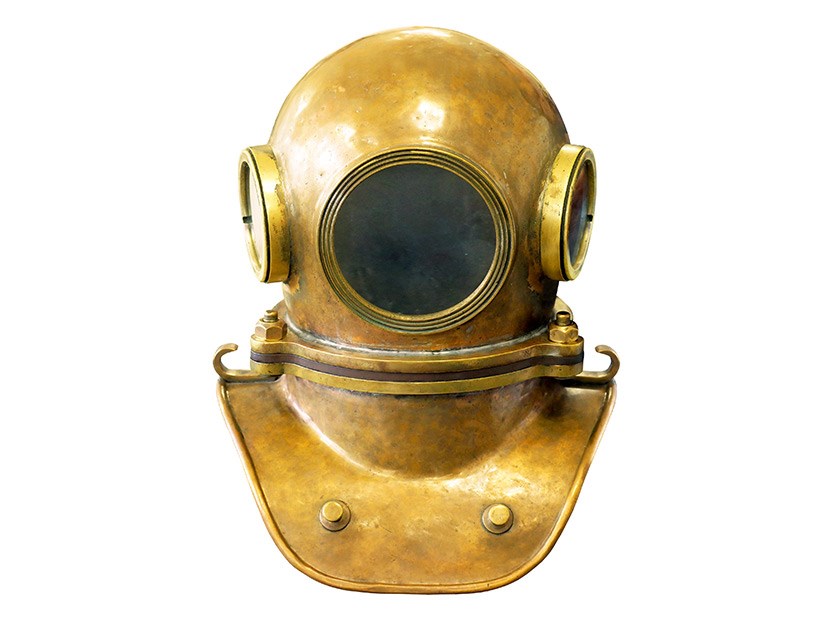Respiration
One option is a welding helmet or a face shield with a facepiece. Their air ventilation systems provide good, clean air, protecting the welder from daily exposure to harmful toxic fumes and gas containing carcinogens. Such ventilation systems are called air purifying helmets. The system consists of a filter unit, a hose unit and a helmet. Respiration systems for welding have an official classification based on the level of protection they provide the welder, i.e. the degree to which they remove contaminated air in the welding environment.
Eyes
Use effective and approved protection in the form of an approved welding helmet and welding lens filter. Welding helmets and face shields are worn for long periods of time. Their protection class, weight and balancing and setting options vary greatly, so it is important to choose an appropriate model with a level of protection that suits the application and individual conditions. Welding helmets and face shields with auto-darkening welding lens make work easier.
The rest of the body
Welding sparks can penetrate clothing and injure the skin. To avoid this, wear protective garments that cover you head to foot.
Feet, hands and arms
Gloves and spats protect against welding spatter that can cause injuries. Leather gloves provide good protection. However, never use gloves with rivets or metal parts that conduct heat.
Just as clothing is important for safety, choosing the right shoes is just as important. To avoid injury, it is important that your shoes provide stable support and have strong, non-slip rubber soles. Like the rest of your garments, your shoes should be fully covering to keep sparks from getting through. When it comes to work shoes, it is preferable to have steel toecaps, as they provide extra protection.
Torso
Use a leather apron to protect your torso. Your garments should also be made of a material that does not melt or ignite if sparks land on it. This also applies to undergarments.
Ears
Wear hearing protection to protect against noise as well as to prevent welding sparks from entering the ear canal.
Protective equipment summary
- Welding shield, welding helmet, welding goggles
- Respiratory protection
- Protective garments suitable for hot work
- Protective footwear suitable for hot work
- Hearing protection
- Welding gloves, sleeves, spats, cut-resistant gloves

